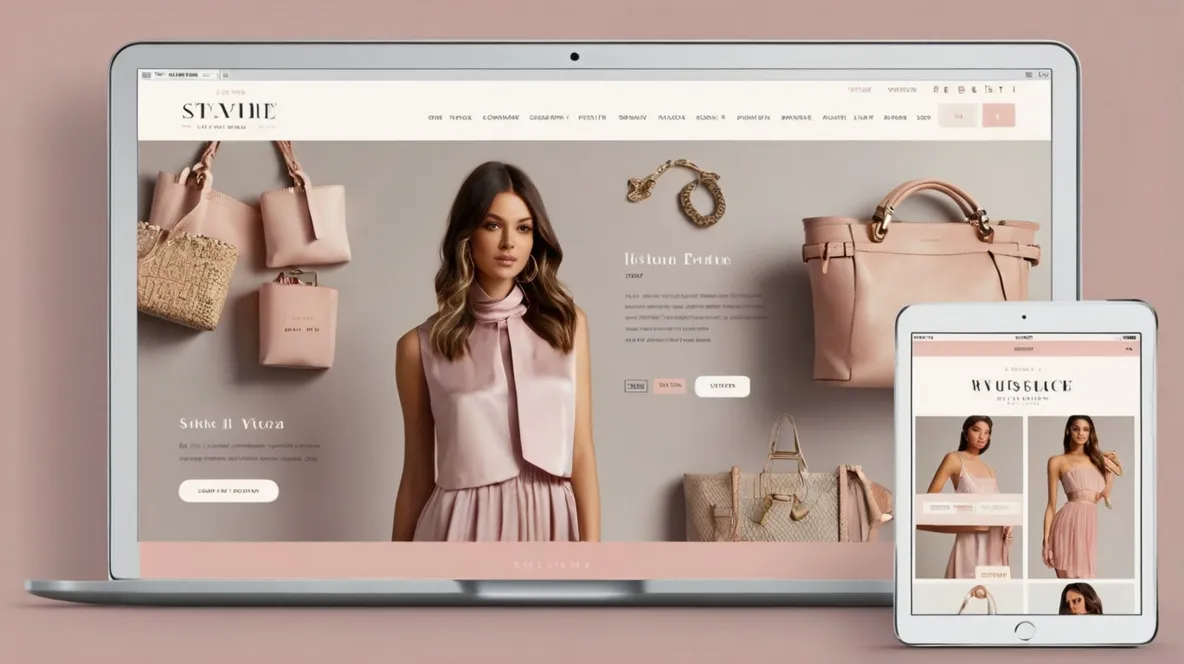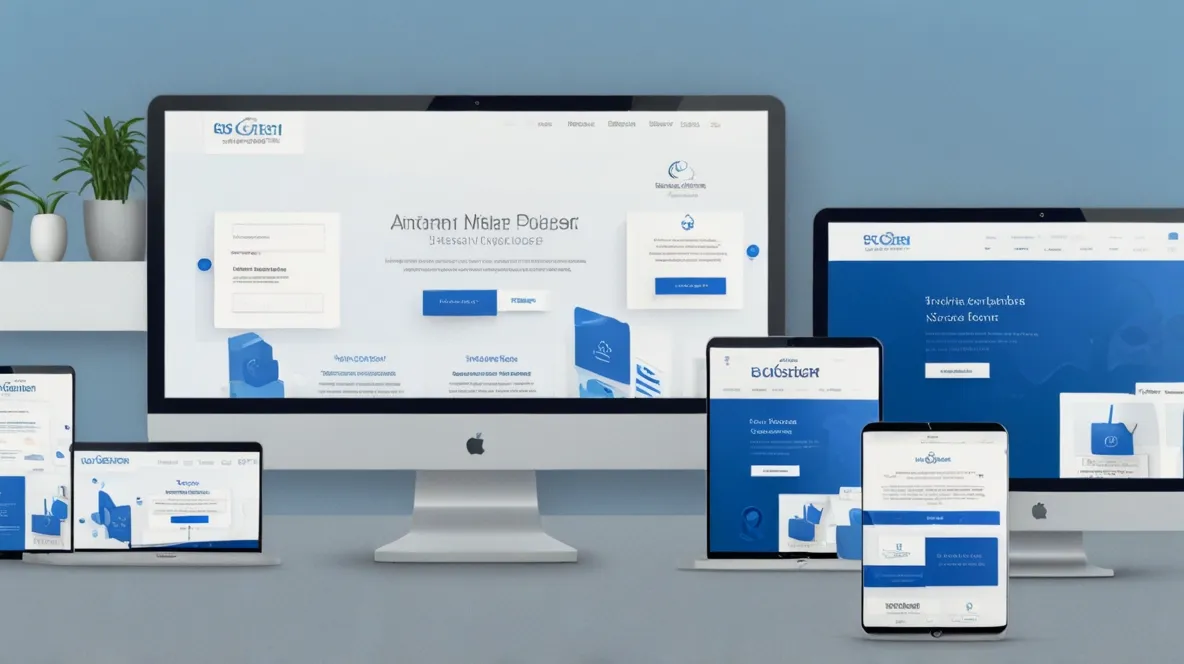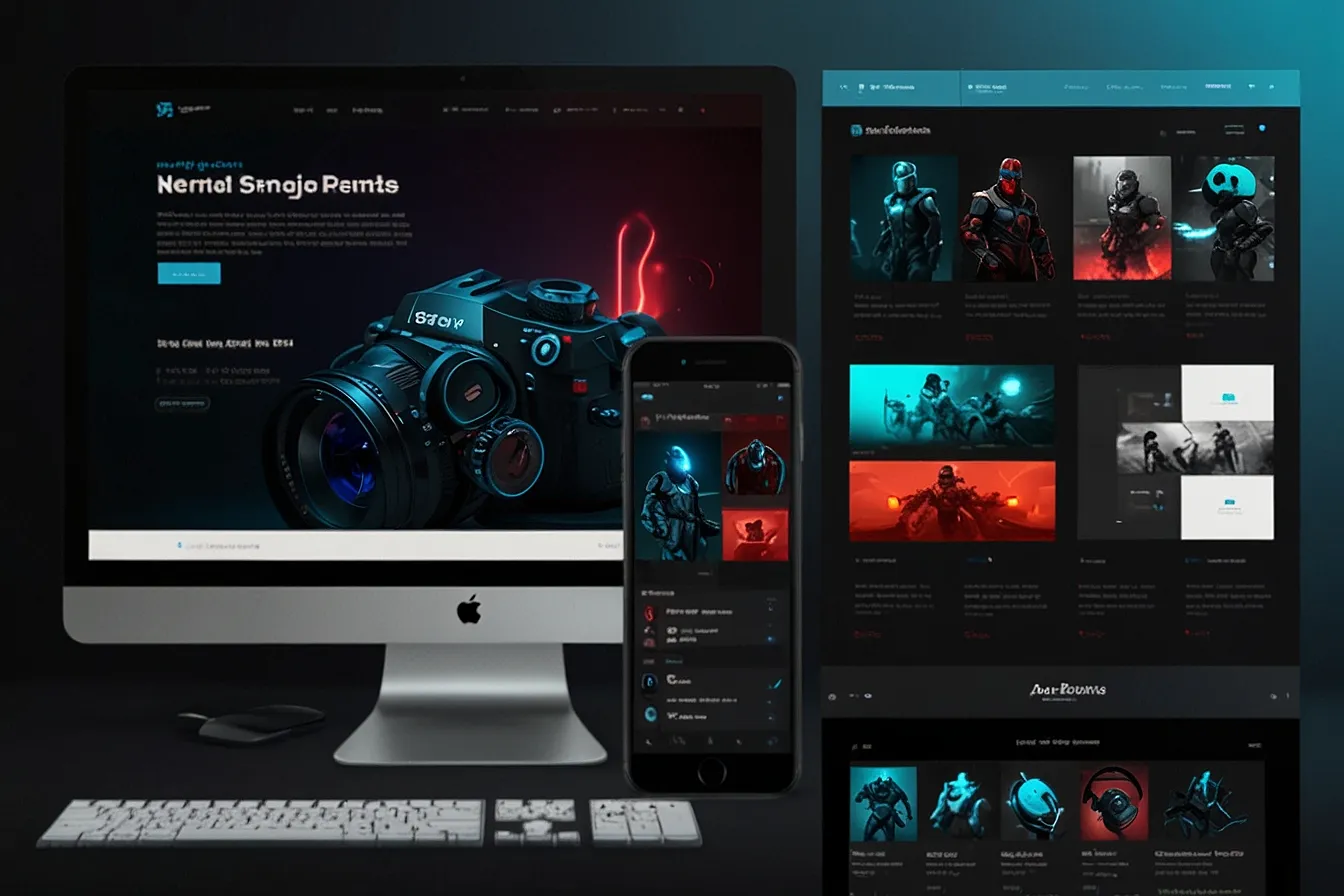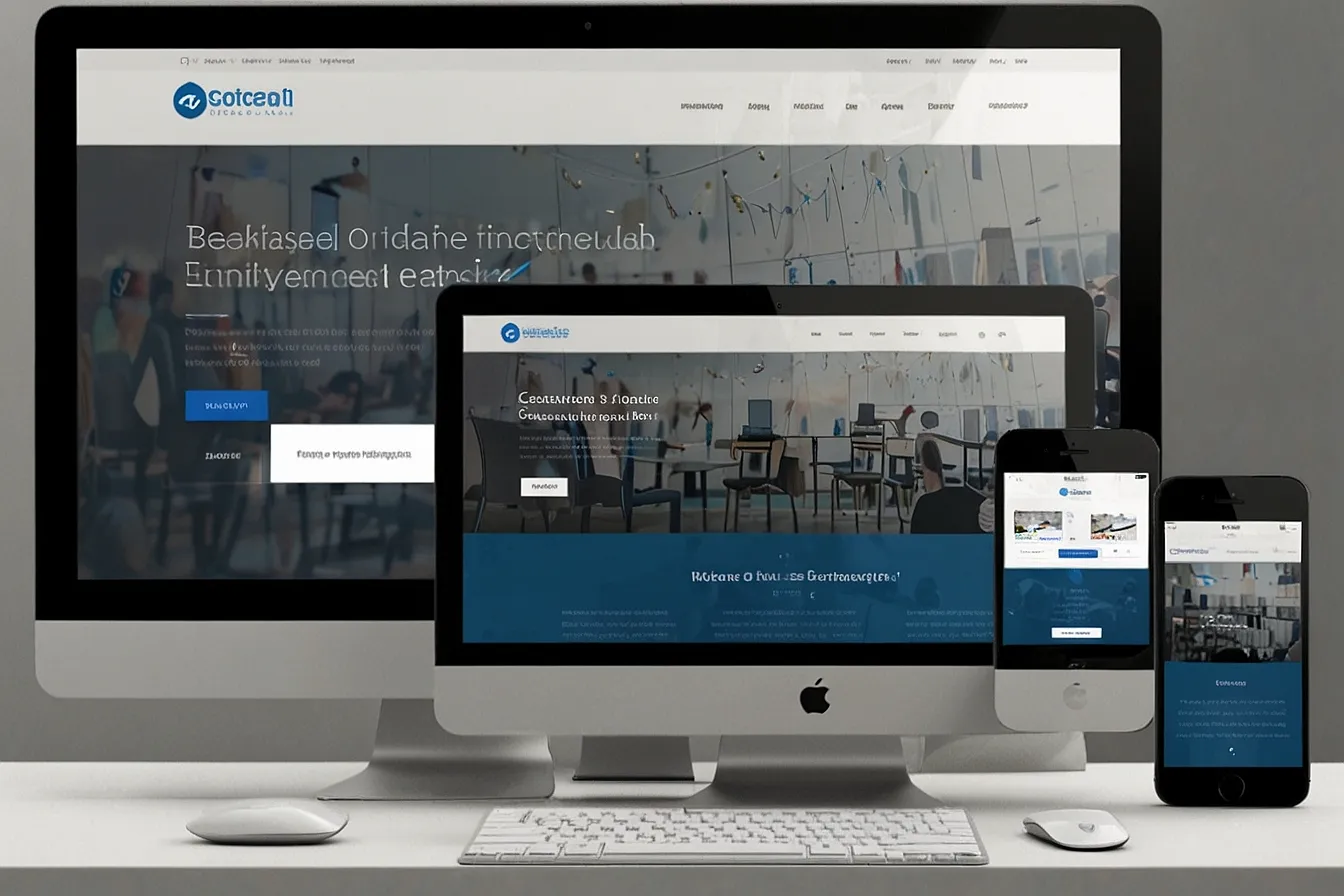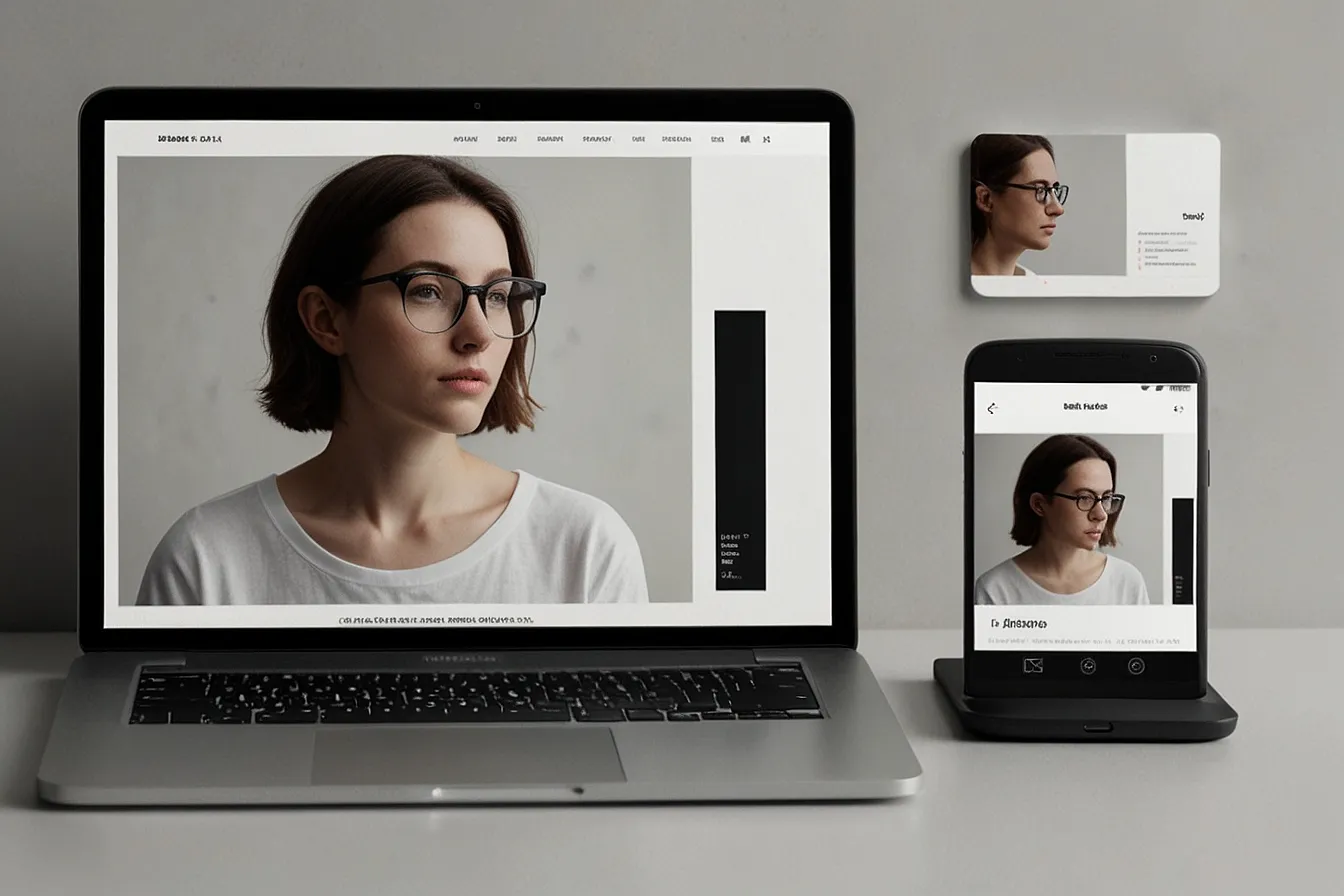Introduction
Running a boutique is exciting, but getting your online store to stand out can be a challenge. Many boutique owners struggle with slow-loading, outdated websites that fail to attract customers. Others waste time and money on custom designs when a well-chosen template could do the job better.
What if you could launch a professional, high-converting boutique website in hours without hiring a developer? That’s where boutique website design templates come in.
In this guide, you’ll learn:
- Why boutique templates save time and money
- Key features of high-performing templates
- How to choose the best template for your brand
- Real-world examples of successful boutique sites
- How DigimarkSite can help you get started
Let’s dive in.

The Problem: Why Most Boutique Websites Fail
Many boutique owners make these common mistakes:
1. Slow, Clunky Websites
A slow website kills sales. Research shows that 53% of mobile users abandon a site if it takes longer than 3 seconds to load. Many boutique owners use bloated themes or poorly optimized templates leading to lost revenue.
2. Generic, Uninspiring Designs
A boring website won’t impress fashion-savvy customers. If your site looks like every other Shopify or WooCommerce store, shoppers won’t stick around.
3. Poor Mobile Experience
Over 60% of online shopping is done on mobile, yet many boutique templates aren’t mobile-friendly. If your site isn’t responsive, you’re losing sales.
4. Complicated Custom Development
Hiring a developer to build a site from scratch is expensive (often $5,000+). Many small boutiques can’t afford this, leaving them stuck with subpar designs.
The Agitation: What Happens If You Ignore This?
If you keep using an outdated or poorly designed website:
- You’ll lose customers to competitors with better-looking stores.
- Your brand will look unprofessional, making shoppers distrust your boutique.
- SEO rankings will suffer due to slow speed and bad UX.
- Sales will stagnate because visitors won’t convert.
The good news? You don’t need a huge budget or tech skills to fix this.
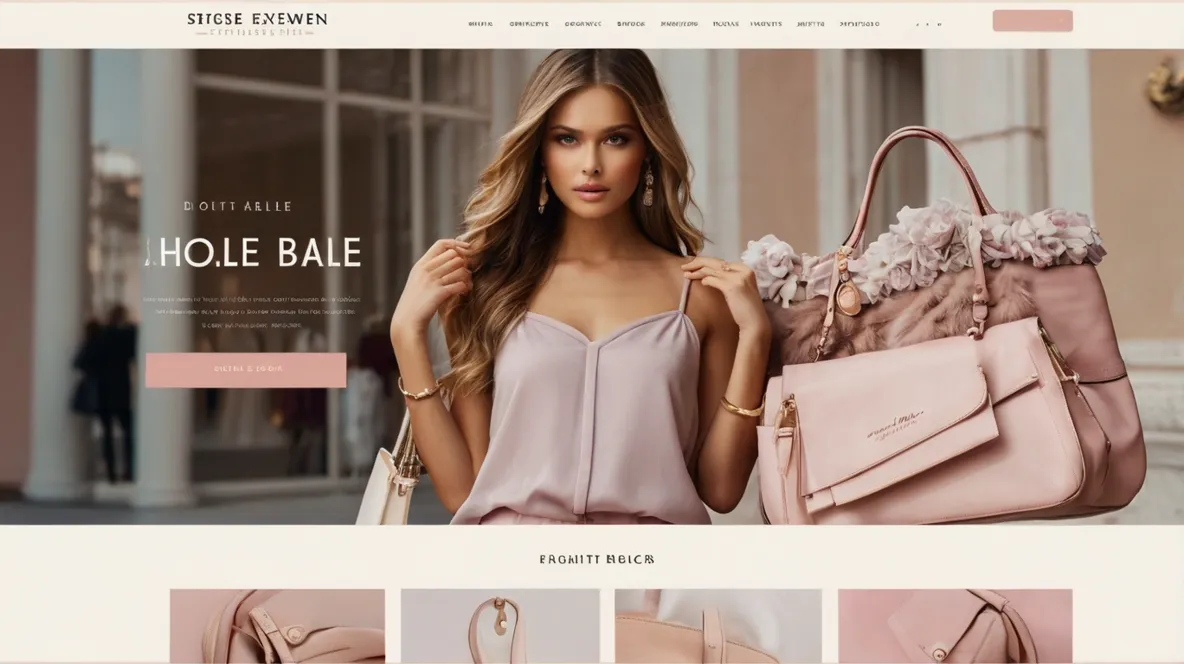
The Solution: Boutique Website Design Templates
A high-quality boutique template gives you:
✔ Professional design (no coding needed)
✔ Fast loading speeds (optimized for conversions)
✔ Mobile responsiveness (looks great on any device)
✔ Built-in eCommerce features (product galleries, checkout, etc.)
Key Features of a Great Boutique Template
1. Visually Stunning Layouts
Your template should highlight your products beautifully. Look for:
- Full-width image sliders
- Clean product grids
- Elegant typography
Example: The Ella Shopify template is perfect for fashion boutiques with its minimalist style and focus on visuals.
2. Easy Customization
You should be able to:
- Change colors and fonts in seconds
- Upload your logo and branding easily
- Rearrange sections without coding
3. SEO-Friendly Structure
Google ranks fast, well-structured sites higher. A good template includes:
- Optimized headings (H1, H2, etc.)
- Schema markup for products
- Clean code for better crawling
4. Conversion-Boosting Elements
Templates with built-in sales features help you sell more:
- Quick-view product popups
- Trust badges (secure checkout, free shipping)
- Upsell/cross-sell sections

How to Choose the Best Boutique Template
1. Match Your Brand Aesthetic
- Boho chic? Look for earthy tones and free-flowing layouts.
- Luxury fashion? Sleek, high-end templates work best.
- Minimalist? Focus on clean, whitespace-heavy designs.
2. Check Platform Compatibility
Most templates are built for:
- Shopify
- WooCommerce (WordPress)
- Squarespace
- Wix
Pick one that works with your preferred platform.
3. Read Reviews & Demos
Before buying, check:
- User ratings (4.5+ stars is ideal)
- Live demos to test speed and UX
4. Ensure Mobile Optimization
Test the demo on your phone. Buttons should be easy to tap, and images must load fast.
Real Boutique Success Stories
Case Study 1: The Little Market
This ethical boutique used a Shopify template to create a visually rich, easy-to-navigate store. Result? 40% increase in mobile conversions after switching to a responsive design.
Case Study 2: Luxe & Linen
A luxury home decor brand used a WooCommerce template with quick-view product popups. Their average order value rose by 22% due to better product discovery.
How DigimarkSite Can Help
At DigimarkSite, we specialize in:
✅ Customizable boutique templates (no tech skills needed)
✅ SEO-optimized designs to rank higher on Google
✅ Fast, mobile-friendly layouts for better conversions
Whether you’re launching a new boutique or revamping an old site, our templates give you a professional, high-converting store in hours.
Conclusion
A well-chosen boutique website template saves time, boosts sales, and makes your brand look premium. Instead of struggling with slow, outdated designs, invest in a template that works for you.
Ready to transform your boutique’s online presence? Explore DigimarkSite’s collection of high-converting templates today!
Are boutique website templates customizable?
Yes! Most templates let you change colors, fonts, and layouts without coding.
Which platform is best for boutique websites?
Shopify and WooCommerce are top choices due to their eCommerce features.
Do I need coding skills to use a template?
No. Modern templates use drag-and-drop builders for easy customization.
How much does a boutique template cost?
Prices range from 50to200, much cheaper than custom development.
Can I switch templates later?
Yes, but it’s easier to pick the right one from the start to avoid redesign hassles.
